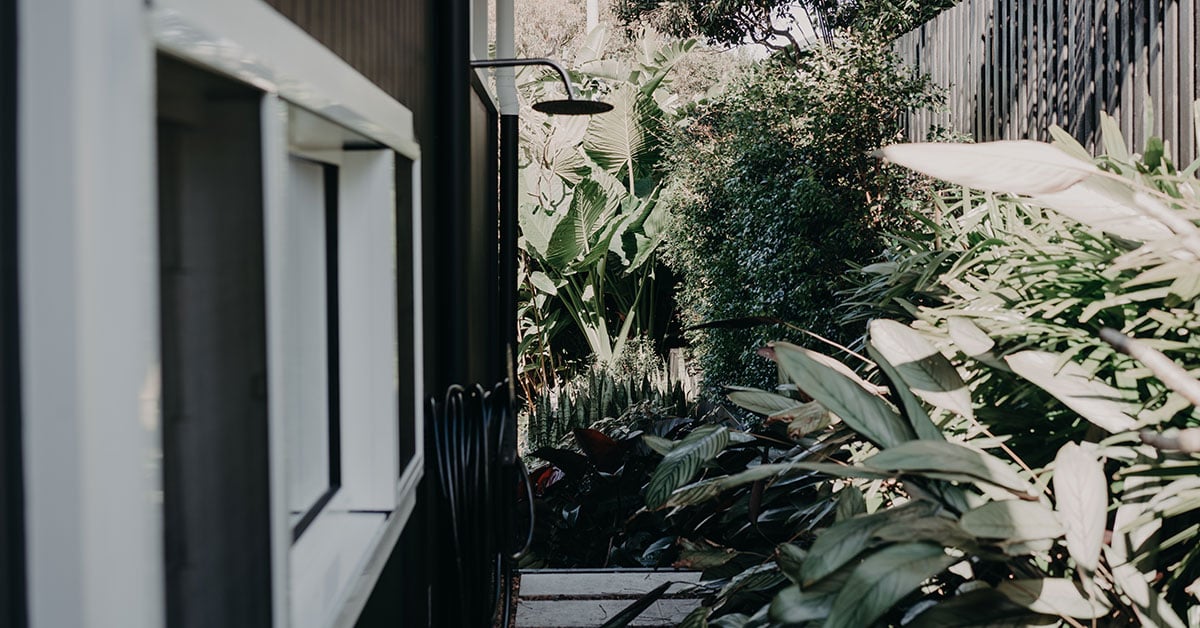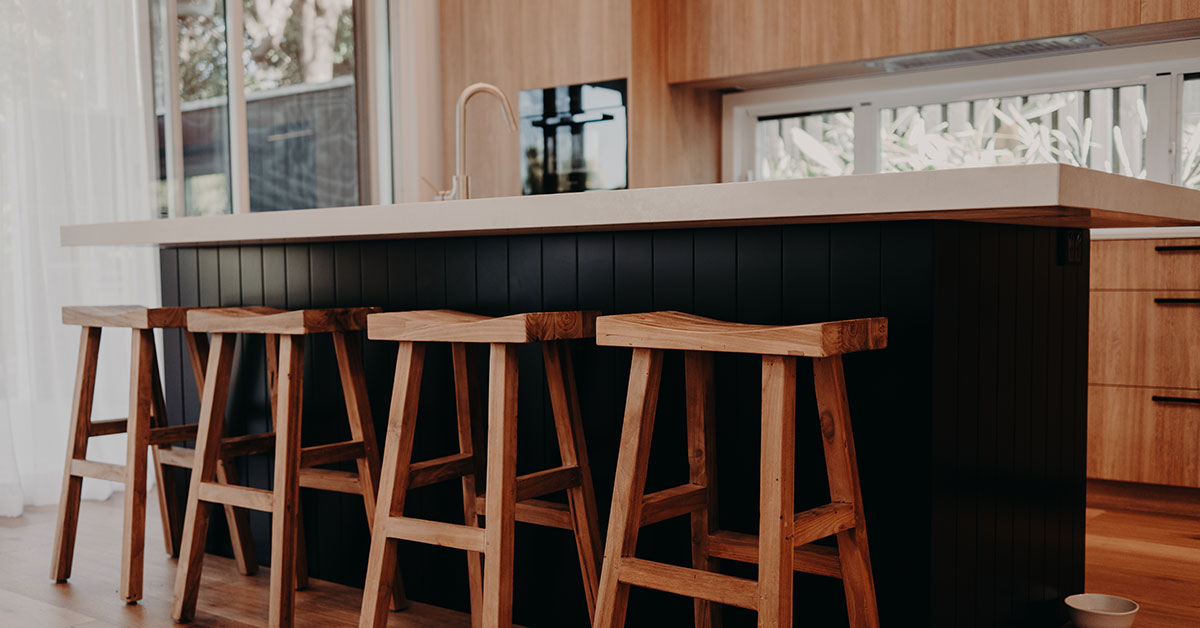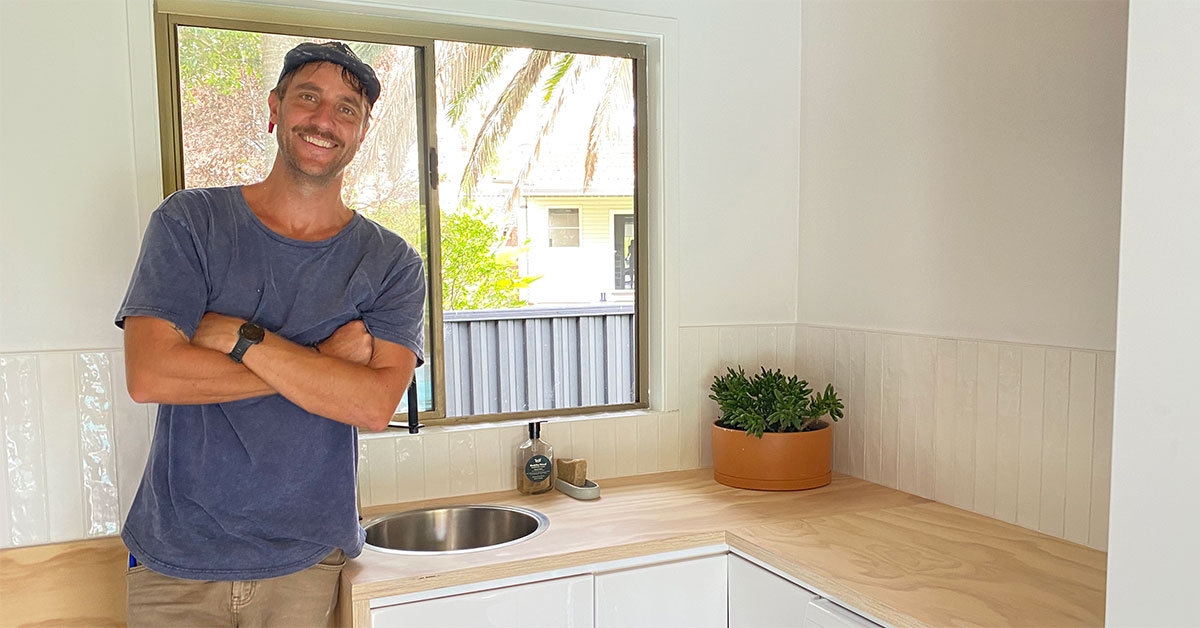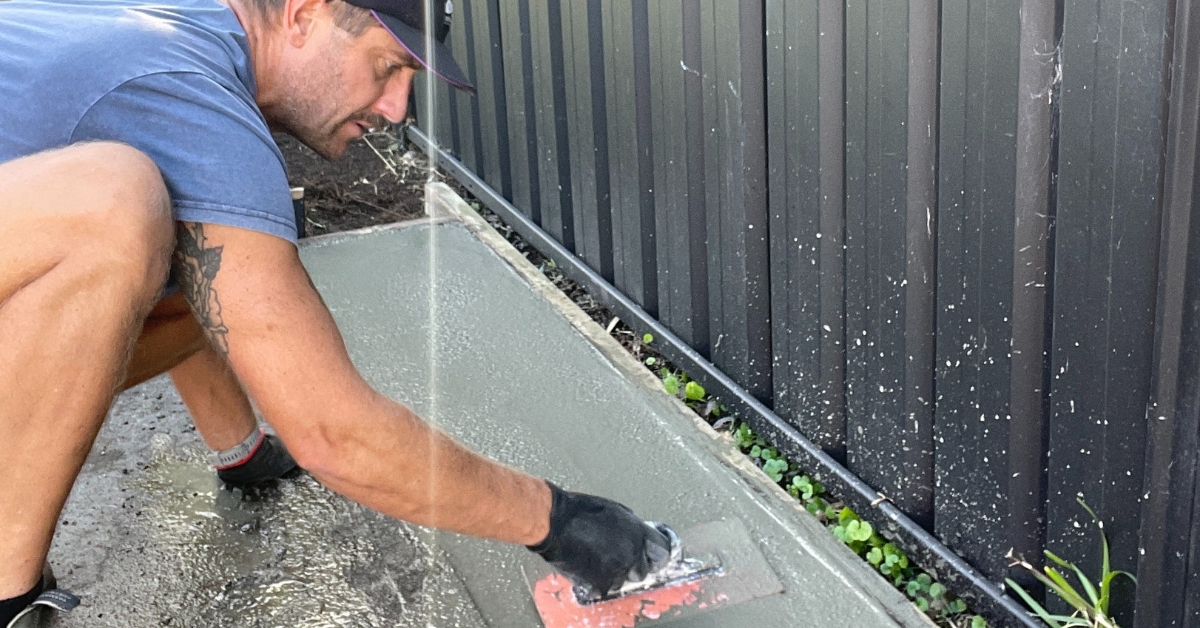How to Make Your Home an Eco-Friendly House

Homeowners who invest in 'green' living are not just helping to save the planet but could be boosting the value of their property.
Demand for eco-friendly houses is on the rise as families look to reduce their carbon footprint and power bills. This is providing extra incentive for upgrading to solar panels and smart-home technology. Even adding a compost or vegetable garden could appeal to more buyers when it comes time to sell.
We’ve put together a list of changes you can make around your home to make it more eco-friendly. Remember, even little steps can make a big difference in protecting our environment, and the home is a great place to start.
Improve energy efficiency
Do you feel nervous when the latest electricity bill drops into your inbox? The good news is there are some simple strategies you can adopt to cut your energy consumption.
According to the Department of Climate Change, Energy, the Environment and Water, lighting accounts for around 10 per cent of the average household electricity consumption. Replacing halogen bulbs with LEDs (Light Emitting Diodes) is an easy first step towards improving energy efficiency. These still produce the same brightness but use less wattage. Another upside is that they have a longer lifespan which reduces the number of light bulbs being thrown into landfill. So, if you notice potential buyers looking up at your ceiling, it may be that they are checking to see if you have LEDs installed.
Sensors are also a clever idea for saving money, especially if family members are forgetful about switching lights off. Another way of brightening up a space without using electricity is to install skylights. These can flood the interior with natural light, with some designed to be opened for improved airflow.
Why solar is important
Australians have embraced solar as a way of reducing their energy bills. Around 30 per cent of homes now have what is known as solar cells installed on their rooftops. With electricity prices set to increase, such systems are likely to rank highly on a homebuyer’s wish list.
Solar packages are usually priced from $3,500, and these typically last around 25 years.
It uses photovoltaic (PV) technology as a way of capturing sunlight and converting it into electrical energy. Each solar panel or cell produces one or two watts without green gas emissions.
Households typically only use 30 to 50 per cent of the electricity produced by solar panels. The remaining energy is exported back to the grid with energy providers giving credit which offsets bills.
Heating and cooling
An efficient heating system is key when it comes to creating sustainable homes. If you are lucky enough to be building your dream home, be sure to utilise 'passive design'. This means taking into consideration the orientation of the property and its thermal mass. By doing so, the finished home should remain at a consistently comfortable temperature with additional heating or cooling.
It is also possible to add passive design principles to an existing home. This includes adding new insulation or replacing old windows with double glazing. Hallow interior doors may be economical, but they do little to reduce energy consumption. Switching to solid wood doors is another way to retain heat and also add soundproofing.
Heat pumps can be used to run hot water systems and air-conditioning. While these can be more costly to install, they can deliver huge long-term savings. Underfloor heating is not just a luxury as such systems can also reduce overall emissions – and even better, they can be retrofitted.
Go green when building
Sustainable building materials are not only good for the planet but can be surprisingly more affordable. A range of green thermal insulation is available in Australia, including products made from recycled glass, crushed rock material, moulded newspaper and sheep wool.
Recycled metal and reclaimed wood are becoming more popular, while engineers have also created concrete made utilising waste plastic. Look for alternatives before committing to more traditional methods when building or renovating your sustainable house.
Stop wasting water
Conserving water is a must for any eco-friendly home. Replacing taps and showerheads is a simple way of achieving this goal. Look for the water efficiency label (WELS) when buying products. This scheme, introduced back in 2005, is now thought to save each Australian an average of 12.4 litres of water per day.
Rainwater harvesting is important for sustainable living. Tanks allow this natural resource to be collected and used in toilets, washing machines and the garden.
Most homebuyers will expect to see a dishwasher in the kitchen and not just because it saves on washing up. It uses only a fraction of the water compared to cleaning them in a sink.
Recycle and reuse
Set up your own system which allows for waste to be sorted quickly. These need to be separated into five categories – soft plastics, food waste, glass/paper and hazardous materials. The kitchen pantry or garage can make the ideal spot if you have enough space.
Composting is an excellent way to reduce waste and combat climate change. Look for an area of the garden that is not too hot or cold. A shady spot is ideal – but too close to tree roots can be problematic down the track. Make sure your compost bin isn’t positioned so far from the house that you will never use it.
Get green in the garden
Eco-friendly gardens are a great way to reduce environmental impact through proper planning. This includes growing natives, vegetables, fruit trees and bee-friendly plants. While such gardens look fabulous, surprisingly they use more natural methods of pest control and require less water. They may also feature a chicken coup and a worm farm. Mulch is also frequently used to boost the quality of garden soil. Garden furniture needs to be made from sustainable and natural materials.
Don’t forget to add a little greenery indoors too. Pot plants add to a home’s aesthetics as well as improve air quality. They add a sense of well-being to a property which may win over a prospective purchaser.
Creating an eco-friendly home may seem like a huge task, but the key is starting small. Look for products and designs that will count towards reducing your carbon footprint. And when it is time to sell, there is a good chance you could be a step ahead when winning over like-minded buyers. Most State and Territory Governments provide a number of ‘green’ incentives. Check out their website to see if you qualify.
DISCLAIMER - The information provided is for guidance and informational purposes only and does not replace independent business, legal and financial advice which we strongly recommend. Whilst the information is considered true and correct at the date of publication, changes in circumstances after the time of publication may impact the accuracy of the information provided. LJ Hooker will not accept responsibility or liability for any reliance on the blog information, including but not limited to, the accuracy, currency or completeness of any information or links.
Share


